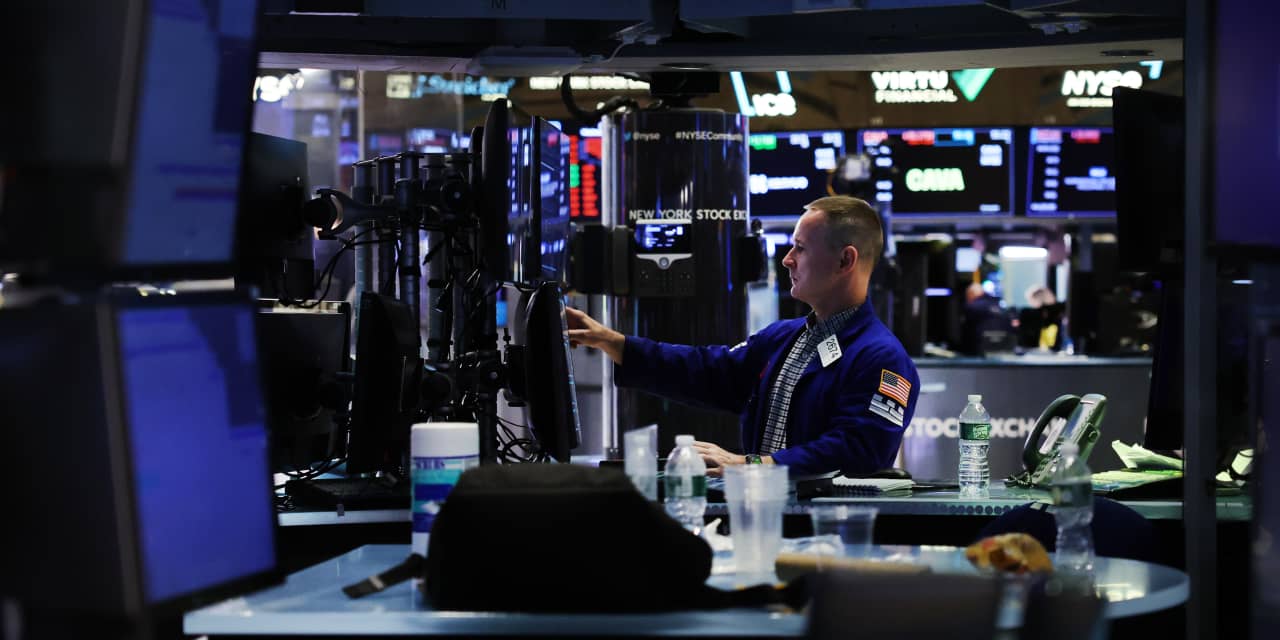Of all Warren Buffett’s advice, “be fearful when others are greedy, and greedy when others are fearful,” may be the most famous. For investors looking to heed that maxim, there is even more motivation to buy into stocks now, amid the market’s recent jitters.
The just-concluded month of August has long been a difficult time for investors, and while stocks recovered from their midmonth low-water marks, all three major indexes ended August 2023 in the red. The
Dow Jones Industrial Average
lost 2.4%, the
S&P 500
fell 1.8%, and the
Nasdaq Composite
slid 2.2%. Today is a new month, but of course history shows investors have even more reason to fear September.
That alone may be tempting enough for contrarians to get off the sidelines and into the market. However for those who need more convincing, BofA Securities’ latest Wall Street poll provides another push.
On Friday, Savita Subramanian, head of BofA’s U.S. equity and quantitative strategy, highlighted the firm’s Sell Side Indicator which, although unchanged for August, remains a buy signal for stocks.
The SSI is the average of Wall Street strategists’ asset allocation recommendations on the last day of each month, and “has historically been a reliable contrarian indicator,” she notes. “In other words, it has been a bullish signal when Wall Street strategists were extremely bearish, and vice versa.”
Last month’s reading held steady at 53.5% for allocation of equities. That is 93 basis points above its low of 52.5% in May—the most bearish level in more than six years. But despite the uptick, the SSI is still more bearish than bullish, hovering below the 15-year average of 54.7%.
“The current level indicates +15% price return over the next 12 months (S&P 500 at 4700 by year-end or 5200 in 12 months),” Subramanian writes. “Historically, when the indicator has been here or lower, 12 month forward S&P 500 returns were positive 95% of the time (vs. 81% overall) and the median 12 month return was 21%.”
As for specific stocks, last month she highlighted the case for buying into the consumer discretionary sector, which could outperform if the U.S. avoids a recession and consumer demand remains resilient.
As a new month begins, investors at least seem willing to entertain some optimism, with both the Dow and the S&P 500 in positive territory as of early Friday afternoon. Hopefully September won’t be in like a lamb, out like a lion.
Write to Teresa Rivas at [email protected]
Read the full article here













